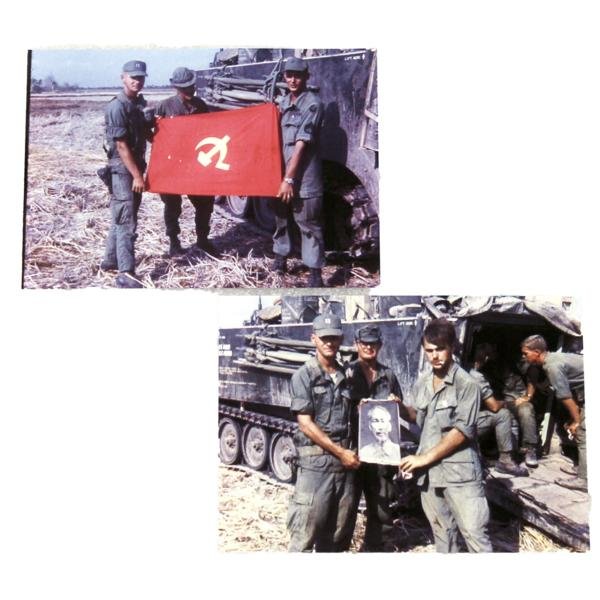Authors:
Historic Era: Era 10: Contemporary United States (1968 to the present)
Historic Theme:
Subject:
February/March 1995 | Volume 46, Issue 1


Authors:
Historic Era: Era 10: Contemporary United States (1968 to the present)
Historic Theme:
Subject:
February/March 1995 | Volume 46, Issue 1
The faces of the "American Dead in Vietnam” was Life magazine’s cover story on June 27, 1969. Photographs and brief biographies of the 242 Americans killed in action during one week, from May 28 to June 3, marched on for pages. When the issue appeared, American troop strength in Vietnam was at an all-time high; Nixon had begun the secret bombing of Cambodia in March, and just days before press time he had announced plans to withdraw 25,000 troops from Southeast Asia.
The article both tapped and fueled a surge in antiwar sentiment that culminated in that fall’s massive antiwar demonstrations. Exactly a quarter-century later a copy of that Life was left at the Vietnam Veterans Memorial. No explanation was attached. But in some way that yellowed issue spoke more than adequately for the continuing effect of the war on whoever left it.
The issue joined nearly forty thousand other offerings that have been left at the memorial since its dedication in 1982. Service medals, candles, combat boots, letters to dead lovers, dog tags, poems, unopened sardine cans, insignia, newspaper obituaries, prom pictures, wedding rings, birthday cards, Desert Storm memorabilia—it is a collection of writings and objects at once highly personal and yet so emblematic that it calls to mind the groupings of things that have been buried in time capsules.
Instead these items all go to MARS, a drab brick behemoth down the road from NASA’s Goddard Space Flight Center, in Glenn Dale, Maryland. MARS—for Museum and Archaeological Regional Storage—houses more than forty collections of objects from local parks and historic buildings in the National Park Service’s purview. Most of the twenty-five-thousand-square-foot warehouse, however, is taken up by the rows upon rows of steel cases, white acid-free Hollinger boxes, and rolling carts that hold the Vietnam Veterans Memorial Collection.

The collection is an anomaly worthy of the experience it reflects. Everything left at the memorial—which includes the black granite wall and two newer statues—has been picked up and preserved by the Park Service, save for live plant matter, which is thrown away, and unaltered flags, which go to civic groups. Splintering Popsicle sticks with illegible inscriptions are logged in alongside expert stained-glass likenesses of combat insignia. Yet the National Park Service has defined MARS as a storage facility and keeps it closed to the general public.
The sheer volume of new accessions has meant an unending backlog of uncatalogued items for the collection’s curator, Duery Felton, Jr., himself a seriously wounded Vietnam combat veteran, and his lone assistant. Since the Park